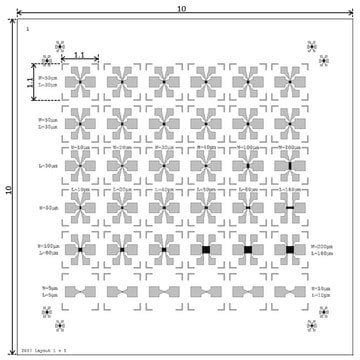36572
1,4-Dichloro-2-nitrobenzene
PESTANAL®, analytical standard
Synonim(y):
2,5-Dichloronitrobenzene, Nitro-p-dichlorobenzene
About This Item
Polecane produkty
klasa czystości
analytical standard
Poziom jakości
gęstość pary
6.6 (vs air)
ciśnienie pary
<0.1 mmHg ( 25 °C)
linia produktu
PESTANAL®
okres trwałości
limited shelf life, expiry date on the label
granice wybuchowości
9.2 %
metody
HPLC: suitable
gas chromatography (GC): suitable
tw
266-269 °C (lit.)
mp
52-54 °C (lit.)
Zastosowanie
agriculture
environmental
format
neat
ciąg SMILES
[O-][N+](=O)c1cc(Cl)ccc1Cl
InChI
1S/C6H3Cl2NO2/c7-4-1-2-5(8)6(3-4)9(10)11/h1-3H
Klucz InChI
RZKKOBGFCAHLCZ-UHFFFAOYSA-N
Szukasz podobnych produktów? Odwiedź Przewodnik dotyczący porównywania produktów
Opis ogólny
Zastosowanie
Polecane produkty
Informacje prawne
Hasło ostrzegawcze
Warning
Zwroty wskazujące rodzaj zagrożenia
Zwroty wskazujące środki ostrożności
Klasyfikacja zagrożeń
Acute Tox. 4 Oral - Aquatic Chronic 2
Kod klasy składowania
11 - Combustible Solids
Klasa zagrożenia wodnego (WGK)
WGK 2
Temperatura zapłonu (°F)
275.0 °F
Temperatura zapłonu (°C)
135 °C
Środki ochrony indywidualnej
dust mask type N95 (US), Eyeshields, Gloves
Wybierz jedną z najnowszych wersji:
Masz już ten produkt?
Dokumenty związane z niedawno zakupionymi produktami zostały zamieszczone w Bibliotece dokumentów.
Nasz zespół naukowców ma doświadczenie we wszystkich obszarach badań, w tym w naukach przyrodniczych, materiałoznawstwie, syntezie chemicznej, chromatografii, analityce i wielu innych dziedzinach.
Skontaktuj się z zespołem ds. pomocy technicznej



![6-Nitrobenzo[a]pyrene BCR®, certified reference material](/deepweb/assets/sigmaaldrich/product/structures/171/174/0d276831-8604-4a0e-96f0-36fe2fd87f0a/640/0d276831-8604-4a0e-96f0-36fe2fd87f0a.png)




